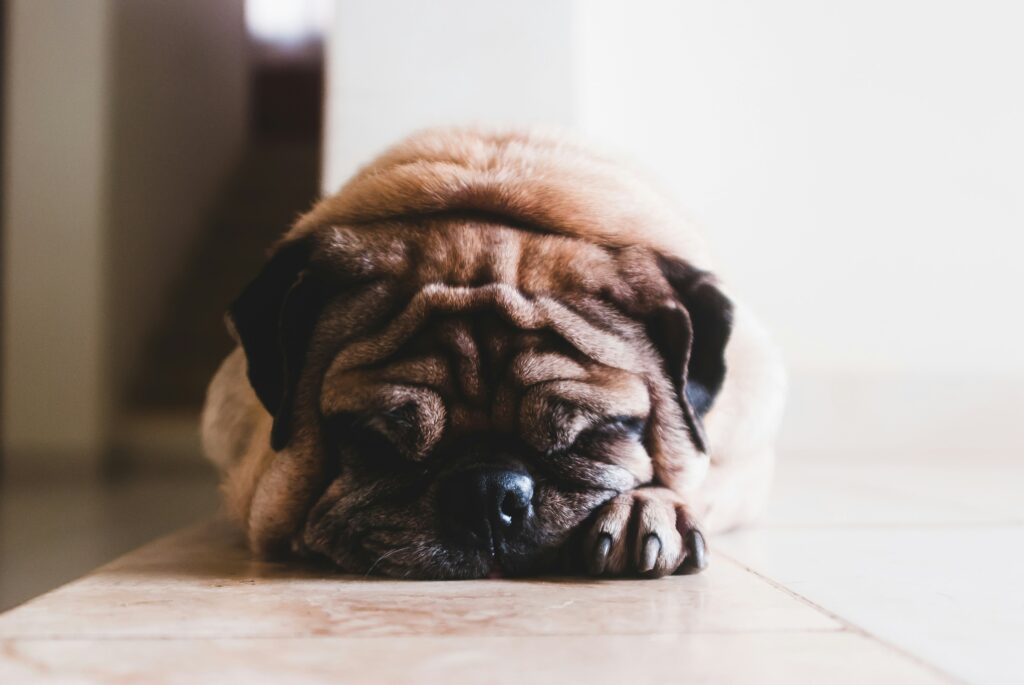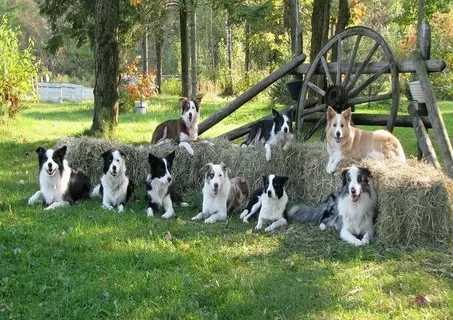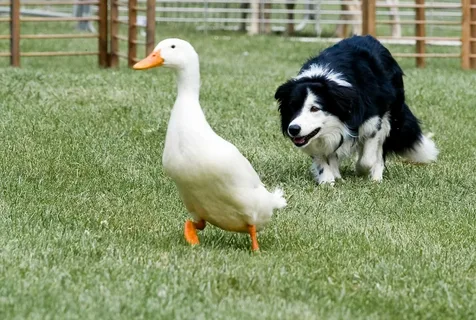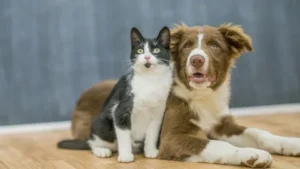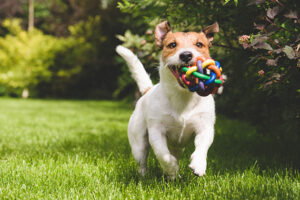The way people view and treat pets can vary widely across different cultures, reflecting diverse beliefs, traditions, and lifestyles. Understanding these cultural differences can offer valuable insights into the complex relationships humans have with their animal companions.
Western Perspectives on Pets
United States
Americans spend billions annually on pet care, reflecting the high value placed on animal companionship. Pets are often included in family portraits, celebrated with birthdays, and even taken on vacations. Pet insurance is also common, offering peace of mind for unexpected veterinary bills.
Europe
European countries are renowned for their pet-friendly laws, ensuring high-quality treatment and care for animals. Pets often enjoy the freedom to travel with their owners, with many public transport systems allowing pets on board. In countries like the United Kingdom and Germany, there is a strong emphasis on adopting pets from shelters, reflecting a commitment to animal welfare.
In both the United States and Europe, pets play significant roles in social and emotional well-being. The companionship of pets can reduce stress, anxiety, and depression, which is why therapy animals and emotional support pets are widely accepted.
Pet-Friendly Policies in Western Countries
Public Spaces and Transportation
In many Western countries, pets are allowed in public spaces and on public transportation. For instance, in Germany, dogs can accompany their owners on trains and buses, often at no extra cost. This inclusivity reflects the deep bond between pets and their owners.
Workplaces
An increasing number of workplaces in the US and Europe are adopting pet-friendly policies. Companies like Google and Amazon allow employees to bring their dogs to work, which has been shown to improve morale and reduce stress.
Housing
Pet-friendly housing options are also becoming more common. Many apartment complexes and rental properties now welcome pets, sometimes offering special amenities like dog parks and pet washing stations.
Eastern Perspectives on Pets
Japan
The concept of “Kawaii,” meaning “cute” or “adorable,” has deeply influenced the way pets are viewed. Small and cute animals, such as cats and dogs, are cherished companions and even serve as therapy animals in specific settings. The phenomenon of cat cafes, where people can relax and interact with cats, originated in Japan and has gained popularity worldwide. Pet ownership in Japan is also influenced by space constraints, leading to a preference for smaller pets.
China
Certain animals hold symbolic meanings in Chinese culture. While dogs were once banned in cities during the Cultural Revolution, they are now increasingly popular, especially among the rising middle class. However, there’s still a notable urban-rural divide in pet ownership attitudes. In urban areas, pets are often seen as status symbols and are pampered with luxury pet products.
Spiritual and Symbolic Roles
India
In India, animals hold significant spiritual and symbolic roles. Dogs are often seen as loyal and protective, while cats are viewed with a mix of reverence and superstition. During the Hindu festival of Kukur Tihar, celebrated in Nepal and parts of India, dogs are honored with garlands and special treats, symbolizing their importance in Hindu culture.
Thailand
In Thailand, elephants are highly revered and play a significant role in religious and cultural ceremonies. Although not typical household pets, elephants symbolize strength and wisdom and are treated with great respect.
Middle Eastern Views on Pets
In many Islamic cultures, attitudes towards pets, especially dogs, are influenced by religious teachings. Dogs are often considered ritually impure and are typically kept outdoors for specific purposes like farming, hunting, or guarding. However, cats are generally more accepted and even revered in some Islamic traditions.
UAE
In the United Arab Emirates, pet ownership is on the rise, particularly in urban areas like Dubai. Luxury pet services, including pet hotels and spas, cater to affluent owners. Pet-friendly cafes and parks are also emerging, reflecting a cultural shift towards more inclusive attitudes towards pets.
Saudi Arabia
In Saudi Arabia, pet ownership, particularly of dogs, is less common due to religious and cultural beliefs. Cats, however, are more widely accepted and have a special place in Islamic teachings.
Turkey
In Turkey, stray cats and dogs are commonly seen in urban areas. The community often takes collective responsibility for feeding and caring for these animals, reflecting a unique cultural approach to pet ownership.
Cultural Variations in Pet Species
The types of animals considered suitable as pets also vary widely across cultures. While dogs and cats dominate in Western countries, other societies have different preferences.
South America
Exotic birds are popular pets in some parts of South America. Parrots and other colorful birds are often kept for their beauty and companionship.
India
Cows are considered sacred and are often treated with reverence, though not typically kept as household pets. Monkeys and elephants are also revered in certain regions and play significant roles in cultural and religious practices.
Changing Attitudes Globally
Globally, attitudes towards pets are evolving. In India, there’s a growing trend of adopting street dogs, now affectionately called “indie dogs.” This shift reflects changing perceptions about animal welfare and companionship. Similarly, in South Korea, younger generations are moving away from traditional views of dogs as food animals, increasingly embracing them as companions. These changes highlight a global trend towards more humane and compassionate treatment of animals.
Global Pet Adoption Trends
United States
In the US, there is a growing emphasis on adopting pets from shelters and rescue organizations. Campaigns like “Adopt, Don’t Shop” encourage people to adopt rather than buy pets from breeders.
Europe
European countries also promote pet adoption, with many shelters working tirelessly to find homes for stray and abandoned animals. The trend towards adopting mixed-breed dogs, or “mutts,” is gaining popularity.
Conclusion
The diverse cultural perspectives on pet ownership reflect the complex relationships humans have with animals. While some societies view pets as family members, others maintain more utilitarian relationships with animals. Understanding these cultural differences can help us appreciate the special bond between humans and animals across the globe. Whether in the United States, Europe, or other parts of the world, the love and care for pets showcase the universal need for companionship and emotional support.









